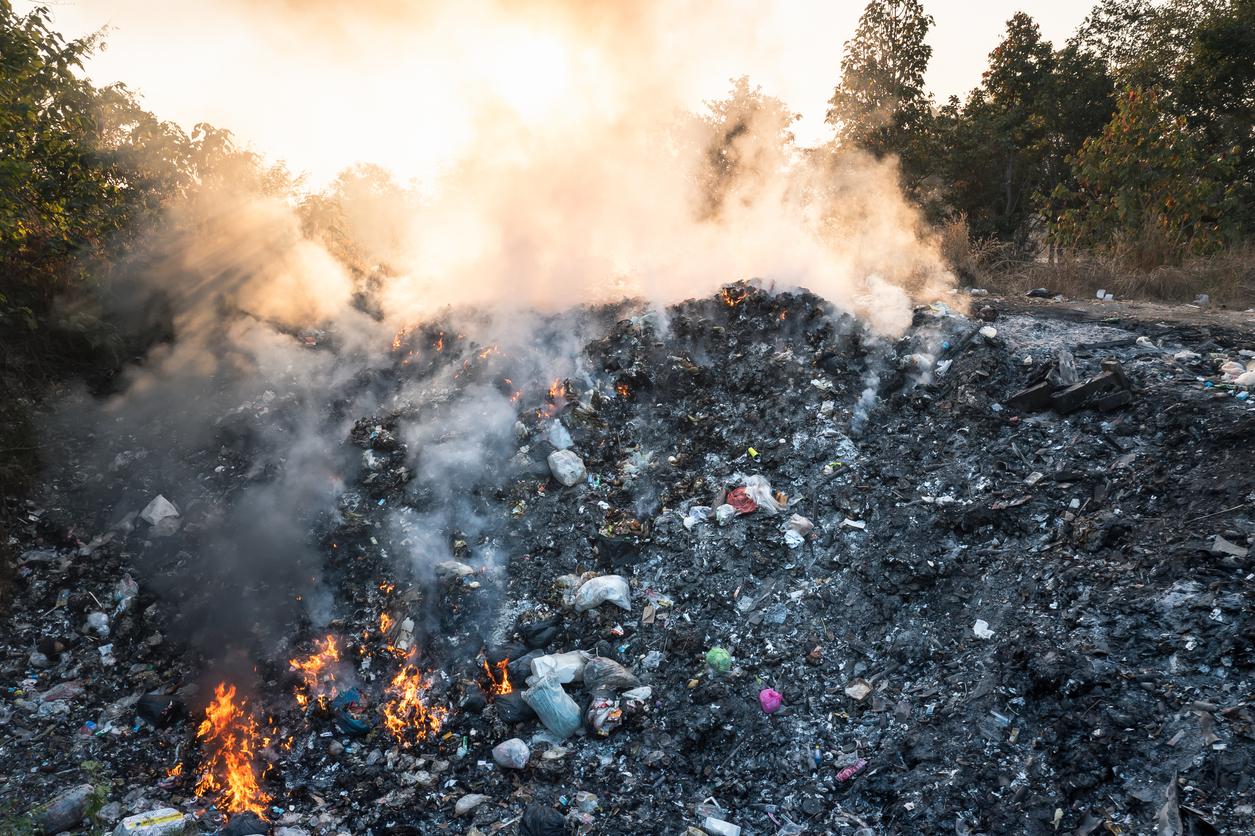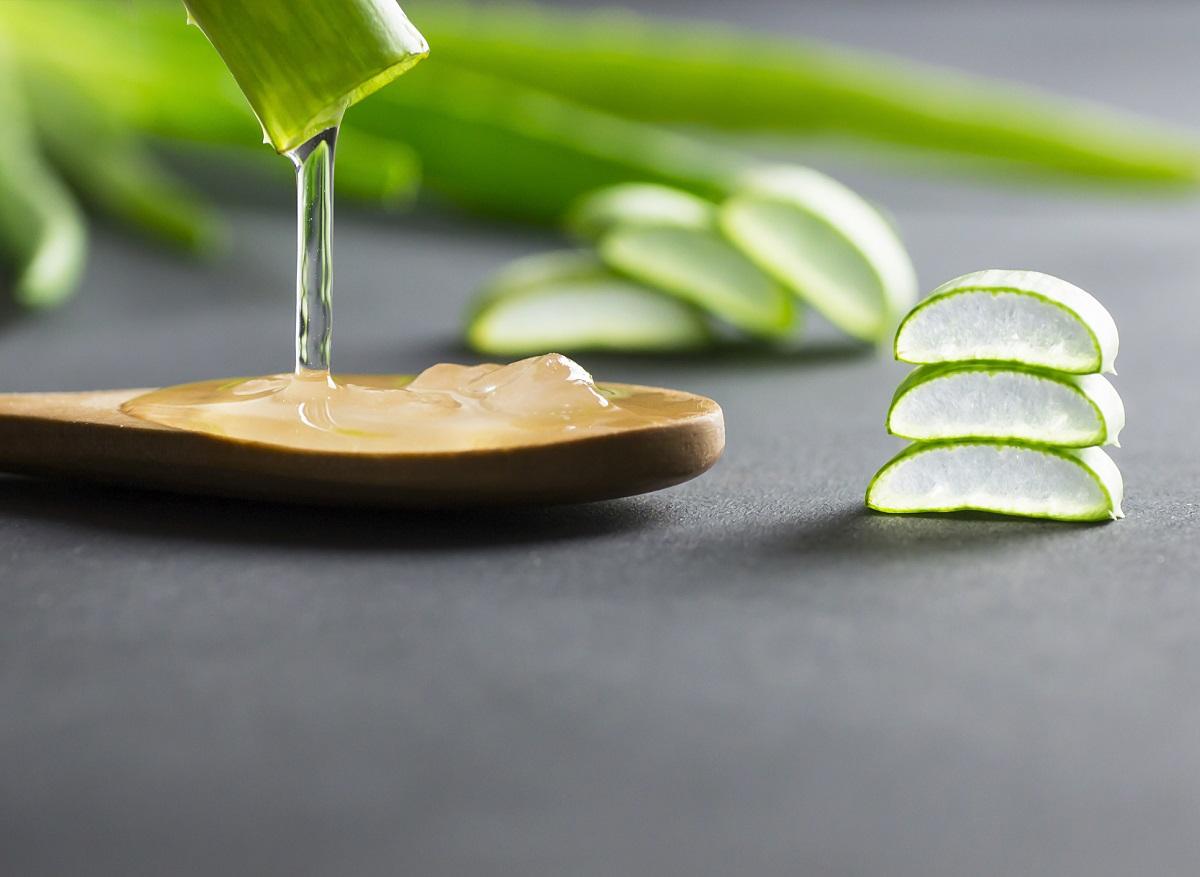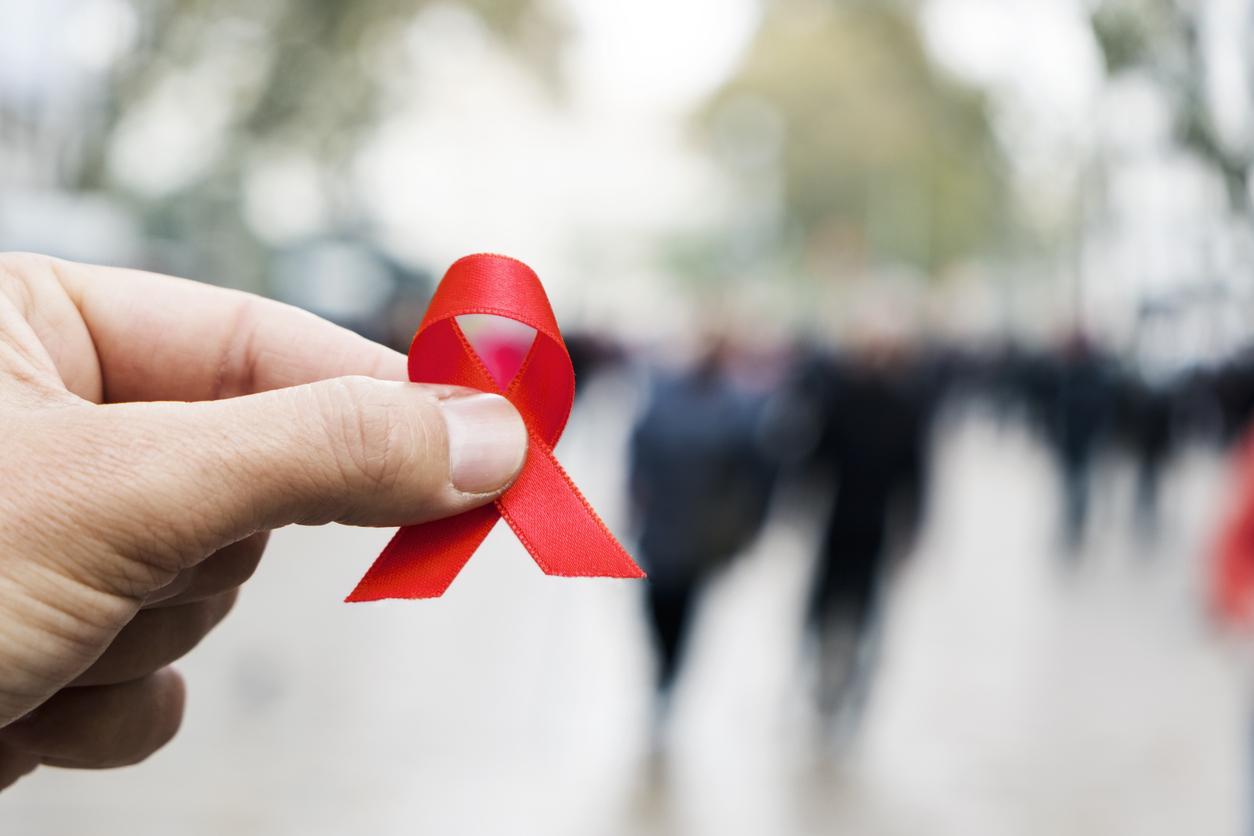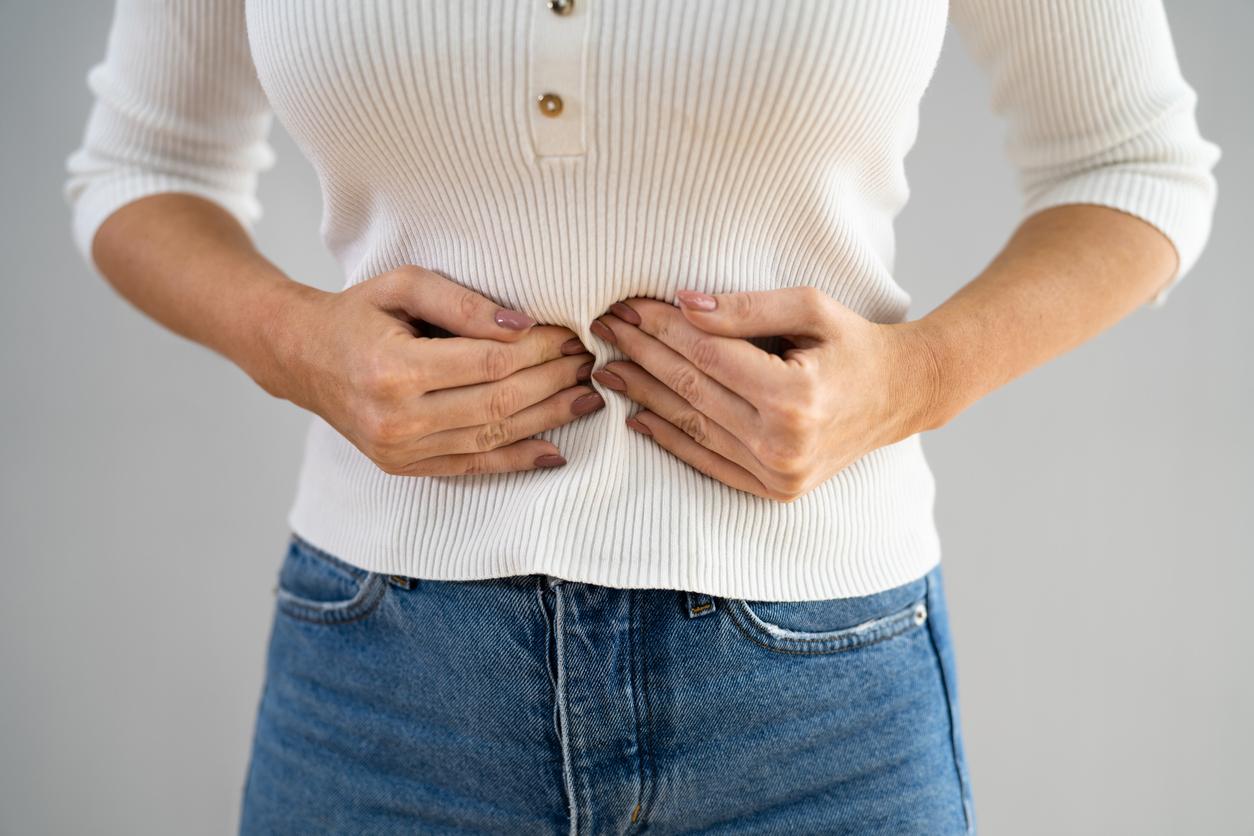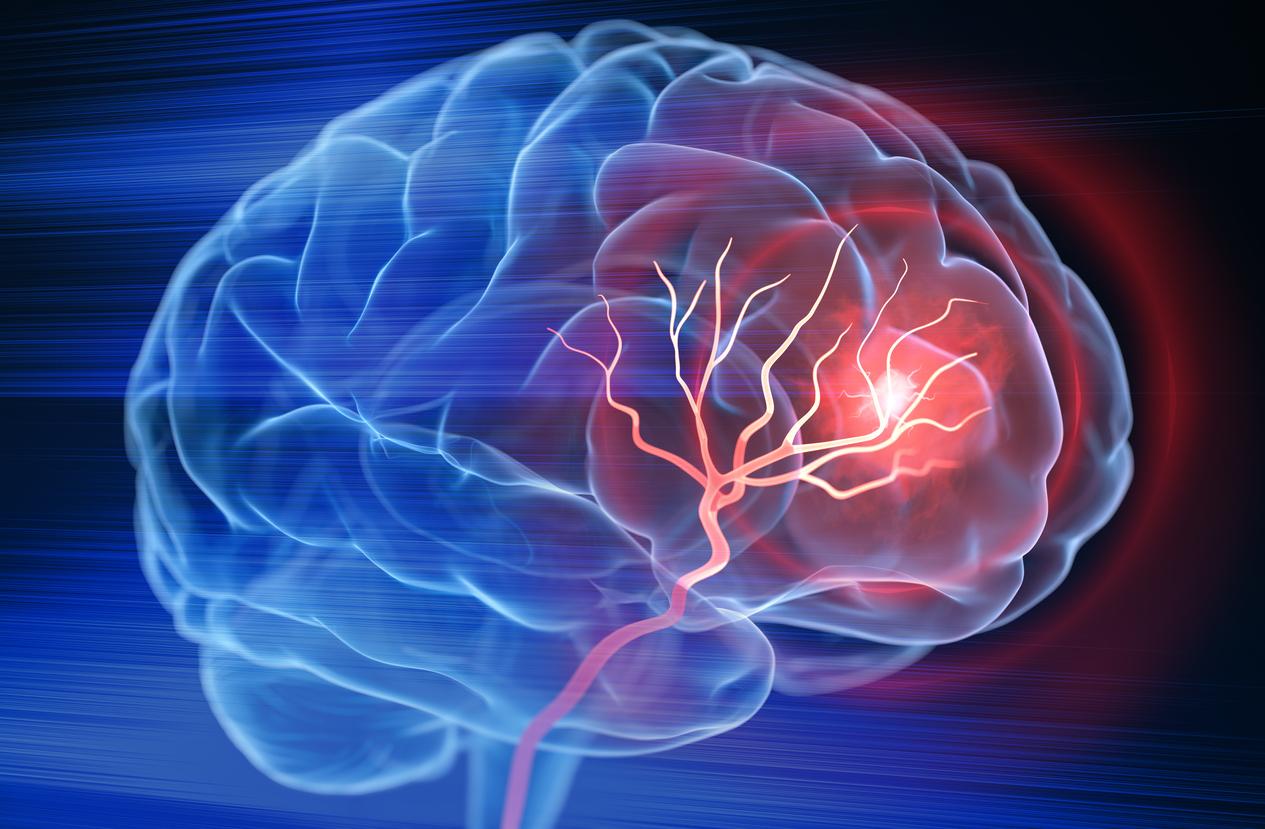After a mother managed to treat a burn in her baby’s cornea with her breast milk, researchers wanted to understand how this liquid produced by the mammary glands promotes healing.

- Human breast milk used on injured mouse corneas leads to increased reépithelialization, part of the wound healing process, compared to a saline solution and an ointment.
- In addition, the injured cornea treated with breast milk has higher levels of Ki67, a cellular proliferation marker.
- In the future, researchers hope to be able to develop treatment from breast milk for eye injury.
Several years ago, the mother of a young child told Emily McCourtprofessor of ophthalmology at the Faculty of Medicine of the University of Colorado (United States), that she had not used the prescribed ointment to treat the burn of her baby’s cornea, but that she was served as his breast milk. “I remembered that she was not the only one. Other patients had told me that they put breast milk in their baby’s eyes to treat obstructed tear gas and also rashes. There is there A real opportunity to examine what was going on and why “, she said. This is why, as part of a study, the researcher and her team have looked into the benefits of breast milk, which seems to contain healing properties, on “The defects of the corneal epithelium, due to trauma or surgery, which heal when new epithelial cells develop centripet by the limb and reconstitute the epithelium.”
Breast milk accelerates the healing process in mice whose cornea is injured
For the needs of the work, scientists have conducted experiences on mice aged 8 to 12 weeks. The animals were anesthetized before creating a central epithelial defect of two millimeters in their cornea. Then, they received breast milk as a treatment, an ointment containing neomycin, polymyxin B, dexamethasone or saline solution. The treatment was to be administered four times a day for two days. The wound surface was assessed at the start, 8, 24 and 48 hours after treatment. The authors also measured a cell proliferation marker called Ki67. It is a protein produced in cells that are actively divided.
According to the results, published in the journal Current Eye Researchthe injured cornea treated with breast milk have shown an increase in re-epithelialization, part of the wound healing process, 8 hours after the injury compared to other treatments. Another observation: rodents having benefited from human breast milk had higher levels of KI67, which confirms what Emily McCourt had observed years earlier during these consultations. According to researchers, breast milk may have properties similar to a drug made from the centrifugation of a patient’s own blood, which is sterilized and bottled.
Towards ocular treatments based on breast milk?
“I can’t wait to find out why breast milk seems to work. Could we then bottle this maternal power and transform it into drops for the eyes? It is difficult to say for the moment, but it is worth D ‘investigate”, said Emily McCourt. For the time being, the professor advises parents to always consult a health professional when a child has an eye injury, but she hopes that one day, other treatment options may be offered thanks to their breast milk research.









